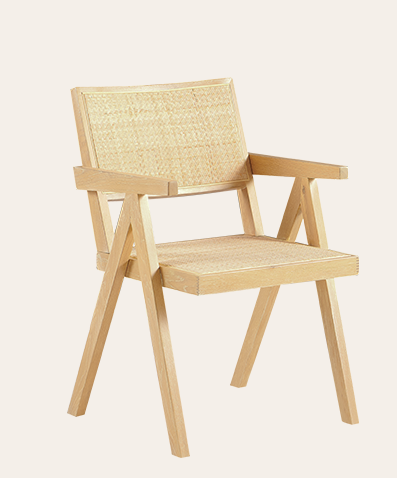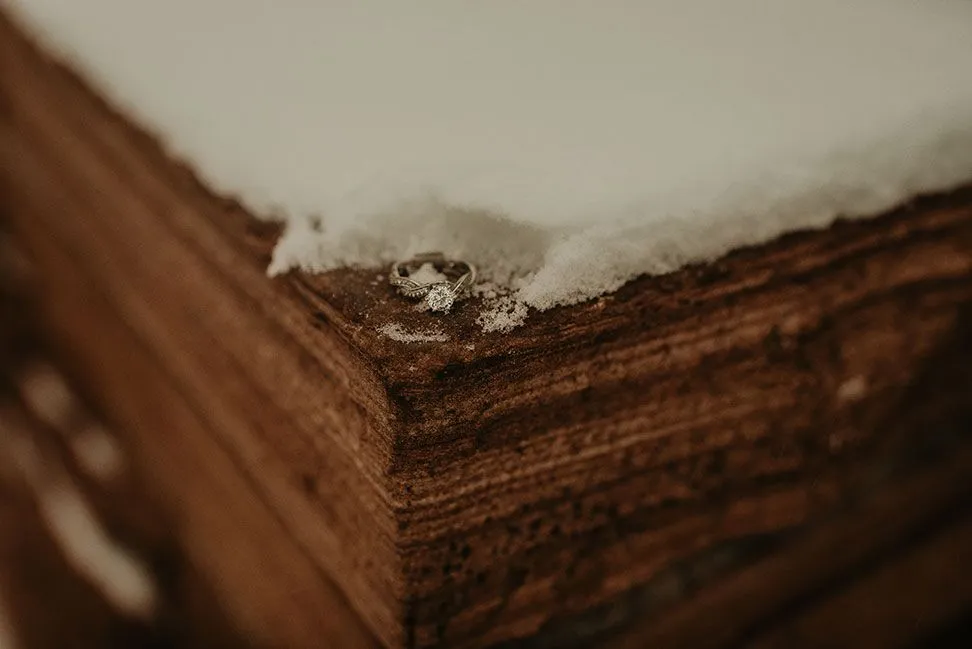How to Identify and Clean Mold Growth on Wooden Furniture?


Mold growth on wooden furniture can be a vexing challenge for homeowners and companies alike. It not only mars the visual charm of your wood furniture but also presents health hazards if ignored. In this detailed guide, we’ll steer you through spotting mold, grasping why it flourishes, securely eliminating it, and thwarting future outbreaks—all while showcasing why FOREST is your premier choice for sturdy wood furniture.
What Are the Signs of Mold Growth on Wooden Furniture?
Mold can quietly infiltrate your wooden furniture. Often, it escapes notice until it escalates into a larger issue. Detecting the clues early is vital to tackling it efficiently.
Common Visual Indicators of Mold on Wood
- Discoloration: Watch for dark, verdant, or pale patches on your furniture’s surface. These spots might look fluffy or dusty.
- Staining: Deep streaks or odd marks that resist easy wiping may suggest mold beneath the coating.
- Texture Shifts: Mold can make the wood feel tender, mushy, or rough in impacted zones.
The Role of Smell in Detecting Mold Presence
Mold frequently releases a unique musty scent. If your wooden furniture smells moist or soil-like, yet no signs are visible, mold might hide in concealed nooks or beneath cushions.
Areas of Wooden Furniture Most Prone to Mold
Certain sections of furniture are more vulnerable due to their position or structure:
- Undersides: Table bases or chair bottoms near the ground capture dampness.
- Joints and Gaps: Narrow areas with scarce air movement.
- Rear Panels: Spots pressed against walls with scant airflow.
Why Does Mold Grow on Wooden Furniture?
Comprehending the triggers of mold growth enables you to address the source, not merely the effects.
Environmental Factors Contributing to Mold Growth
Mold prospers under particular settings:
- Warmth: Temperatures ranging from 77°F to 86°F (25°C–30°C) suit mold spores perfectly.
- Darkness: Dim or sealed spaces foster mold expansion.
- Natural Matter: Wood, being organic, offers an ideal feast for mold.
The Impact of Humidity and Moisture on Wood
Elevated humidity (over 60%) and direct water contact—be it from leaks, spills, or soggy rooms—form a haven for mold. Wood naturally soaks up wetness. Without thorough drying, mold spores settle in.
How Poor Ventilation Encourages Mold Formation
Still air hinders moisture from escaping. Furniture stashed in cellars, lofts, or crowded spaces with minimal breeze is especially at risk.
How Can You Safely Remove Mold from Wooden Furniture?
Eliminating mold demands caution to prevent harming the wood or scattering spores. Here’s how to do it securely.
Preparing Your Workspace for Cleaning
Before starting, arrange a managed area:
- Clean outdoors or in a breezy spot to limit spore spread.
- Spread a tarp or plastic cover to trap debris.
- Keep pets and kids away from the work zone.
Tools and Materials Needed for Mold Removal
|
Item |
Purpose |
|
Gentle-bristled brush |
Dislodges mold without scraping |
|
Soft cloth |
Cleans surfaces smoothly |
|
Pail |
Contains cleaning mixture |
|
Spritzer |
Distributes solution uniformly |
|
Vacuum (HEPA filter) |
Clears loose spores |
Ensuring Safety with Protective Gear
Wear:
- Gloves to shield your hands.
- A mask (N95 or better) to dodge breathing spores.
- Goggles to guard your eyes from irritants.
Step-by-Step Guide to Cleaning Mold from Wood
Follow these steps for thorough mold removal:
Using Natural Cleaning Solutions
- Vinegar: Blend equal amounts of white vinegar and water in a spritzer. Mist the affected spot, wait 10 minutes, then wipe with a moist cloth.
- Baking Soda: Mix 1 teaspoon of baking soda with 2 cups of water. Dab it on with a cloth, rub lightly, and rinse.
Employing Commercial Mold Removal Products
For persistent mold, opt for a wood-friendly mold cleaner. Adhere to its directions, ensuring it matches your furniture’s coating.
Techniques for Deep Cleaning Without Damaging the Wood
- Apply scant water to avoid warping the timber.
- Rub softly along the grain’s path.
- Dry swiftly with a fresh cloth or fan.
Preventing Further Damage During the Cleaning Process
Steer clear of soaking the wood overly, as surplus dampness can weaken its frame. Test any mixture on a tiny, hidden patch first to confirm it won’t ruin the sheen.
What Should You Do After Cleaning Mold from Wooden Furniture?
Cleaning is just part of the task—stopping it from returning is essential for lasting care.
Methods to Prevent Future Mold Growth
Take active measures to fend off mold:
- Routine Cleaning: Dust and wipe furniture weekly to banish spores.
- Airflow: Ensure air moves around furniture by keeping it away from walls.
- Dehumidifiers: Use them in moist areas to keep humidity under 50%.
Controlling Indoor Humidity Levels
Get a hygrometer to track moisture. If it climbs past 60%, use a dehumidifier or air conditioner to dry the space.
Proper Placement of Wooden Furniture in Your Home
- Don’t place furniture in wet cellars or near dripping windows.
- Raise pieces off the floor with lifts to boost air circulation.
Maintenance Tips for Long-Term Protection Against Mold
- Coat with a wood sealant or polish yearly to form a shield.
- Check furniture monthly for mold hints, particularly in damp times.
- Stow unused items in a dry, airy spot.
Why Choose FOREST as Your Reliable Wood Furniture Supplier?
At FOREST, we take pride in offering top-notch wood furniture built to endure trials like mold. Here’s why we excel, based on our dedication to excellence and eco-friendliness:
Commitment to High-Quality Wood Materials
We select prime hardwoods like oak and walnut. These are famed for their strength and innate defiance against moisture troubles.
Sustainable Practices in Wood Sourcing and Manufacturing
Our green sourcing secures responsibly cut timber. Meanwhile, our crafting methods lessen environmental harm—ideal for firms seeking eco-conscious options.
Ensuring Durability and Resistance to Environmental Factors
Items like our Vana collection and Lyn series boast coatings that boost resistance to dampness and wear. This makes them perfect for enduring use.
For companies needing bulk purchases, our solid wood beds blend elegance and toughness. They ensure your investment lasts.
Conclusion
Mold on wooden furniture needn’t be a calamity. Spot it early, clean it safely, and care for your pieces well. This keeps your wood furniture pristine. With FOREST as your dependable supplier, you’re choosing top-tier, sturdy wood furniture crafted to defy environmental woes. Ready to enhance your stock? Visit our range at FOREST. Ensure your furniture remains mold-free for years ahead.
FAQs About Cleaning Mold From Wooden Furniture
What Is the Safest Way to Remove Mold Without Damaging the Finish?
The most secure approach is a gentle mix like vinegar and water, used lightly with a soft cloth. Always test a small spot first. Avoid rough tools that might mar the sheen.
Can Vinegar Be Used Effectively to Clean Mold from Wood?
Yes, vinegar acts as a natural antifungal that wipes out most mold types. Mix it with water (1:1), apply to the mold, and clean it off after 10–15 minutes for solid results.
How Often Should I Inspect My Wooden Furniture for Signs of Mold?
Examine your furniture every 1–2 months, especially in wet seasons or damp places like cellars. Frequent checks spot mold early, averting major harm.

